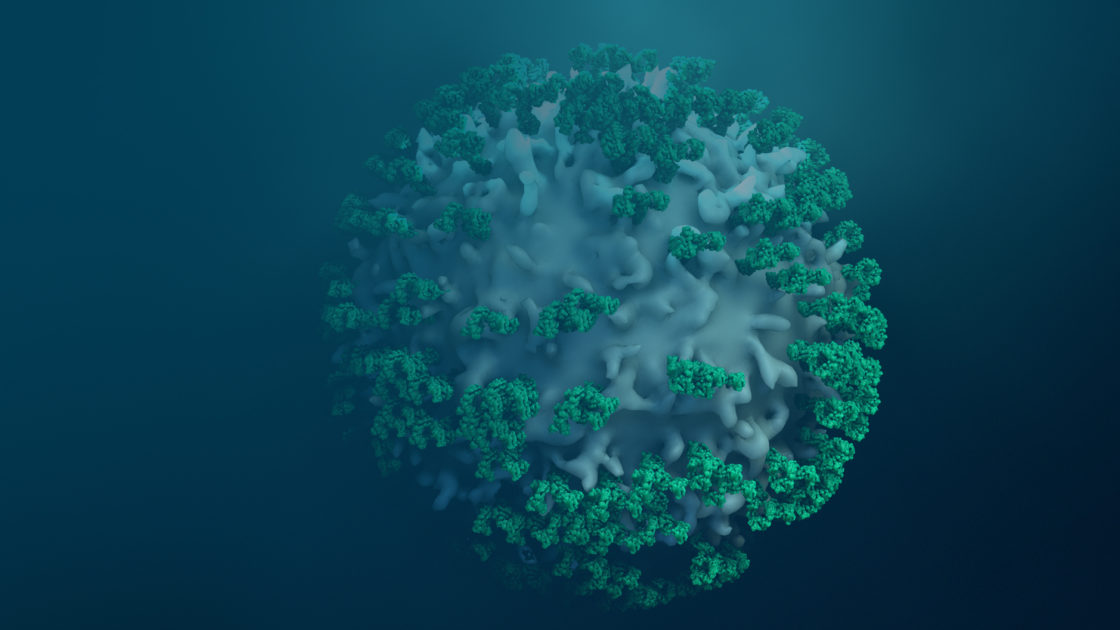We use cookies to improve our website, for analytics, and for marketing purposes. By clicking “Agree” or by continuing to browse this site, you agree to our use of cookies and the corresponding data processing. For more information, please review our privacy policy and cookie policy.



